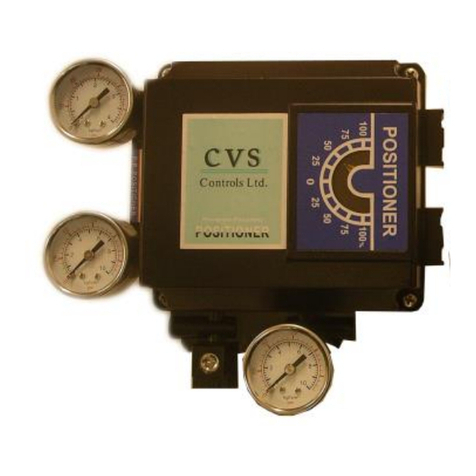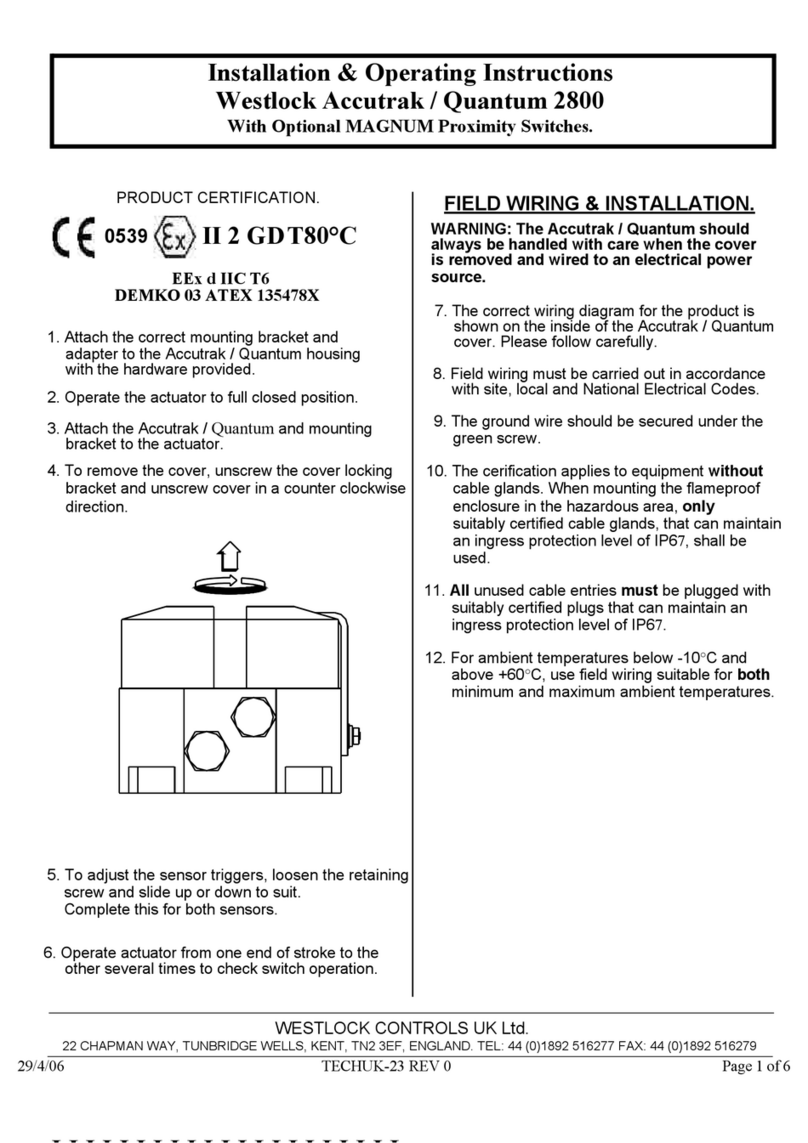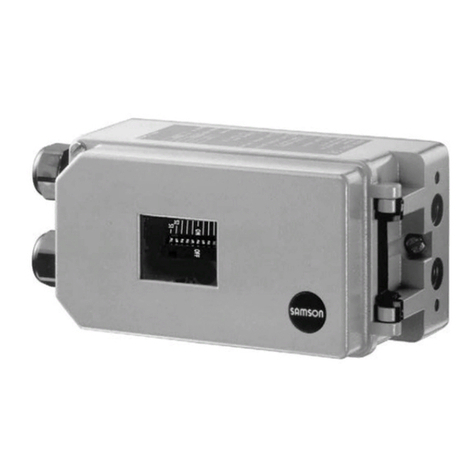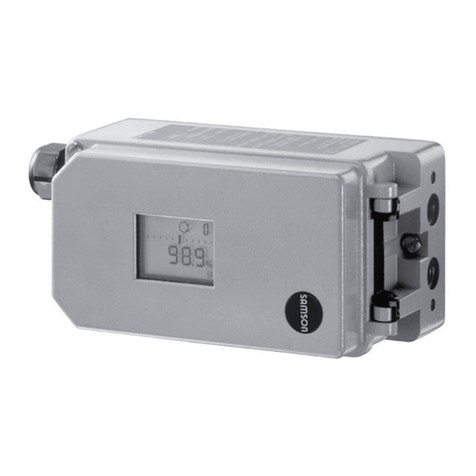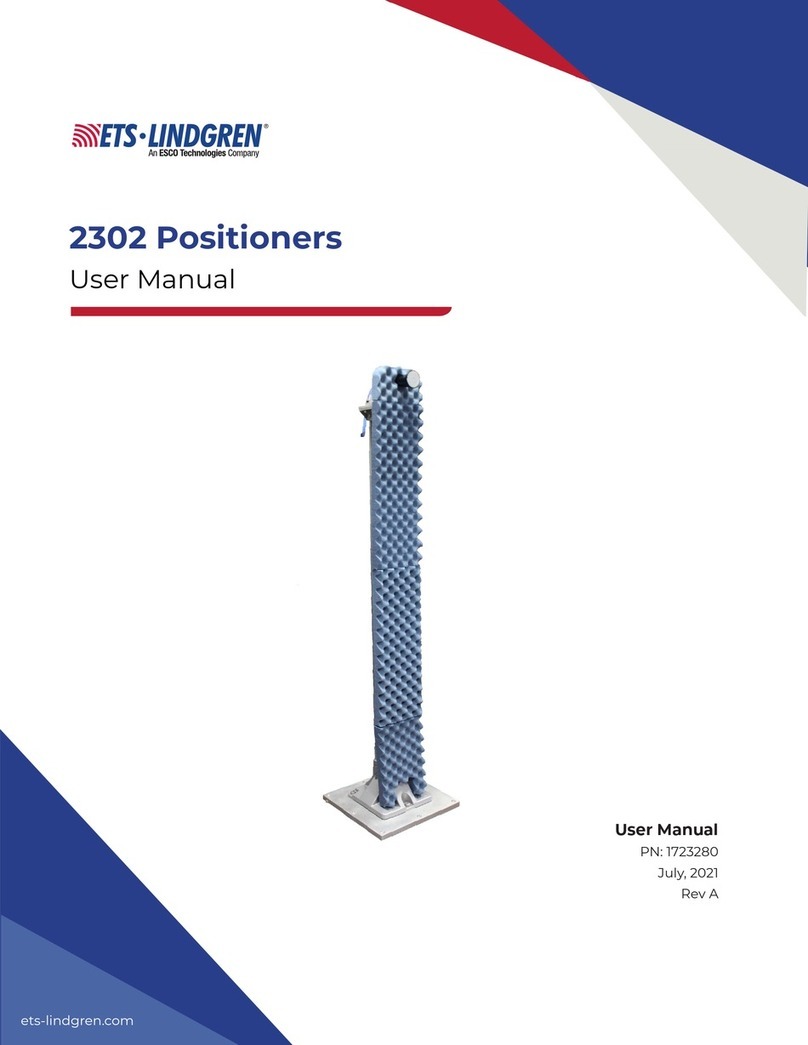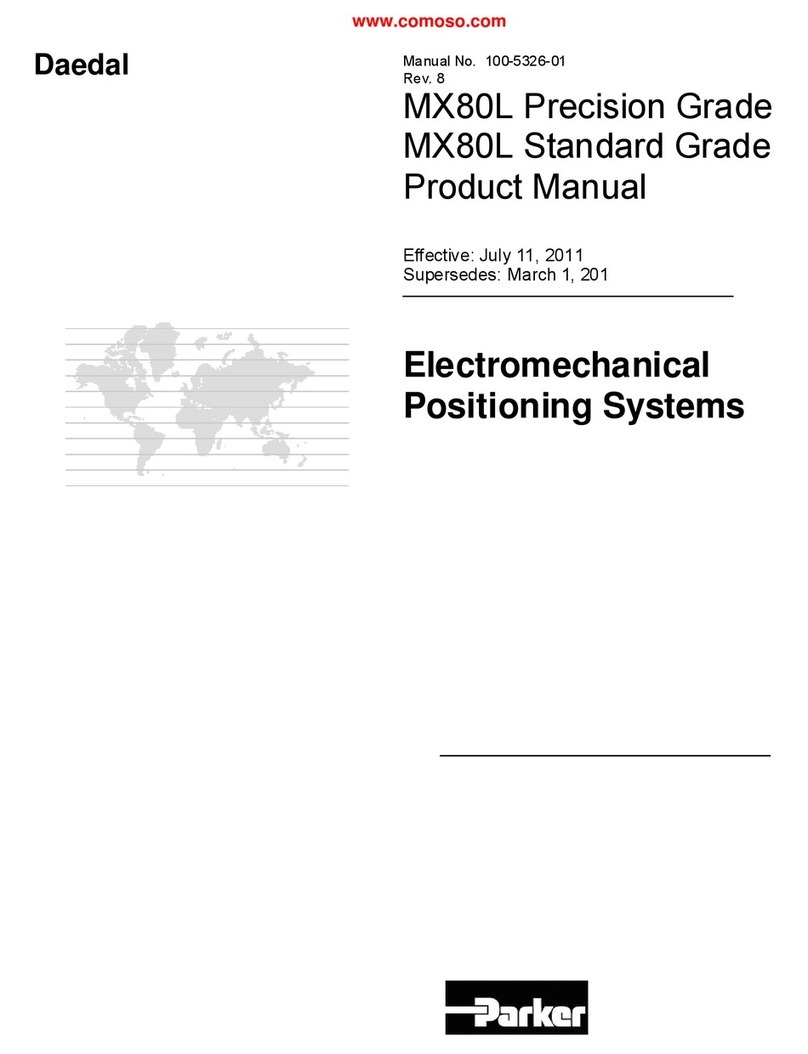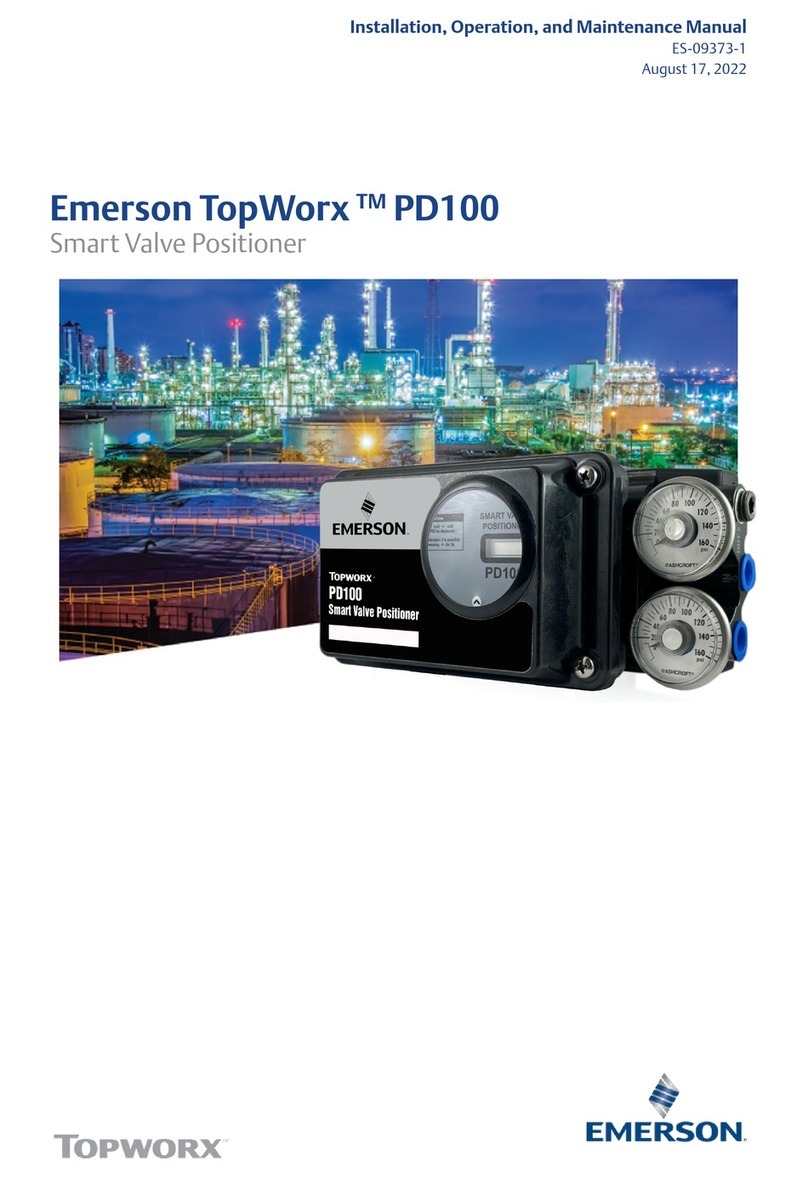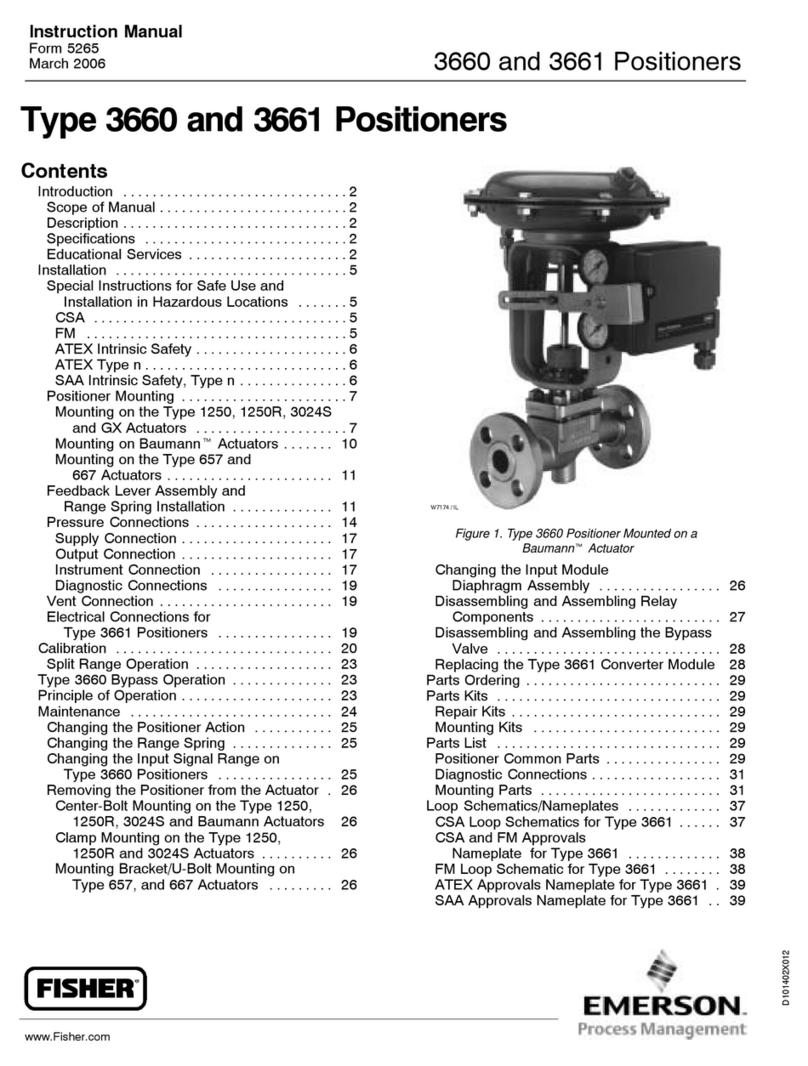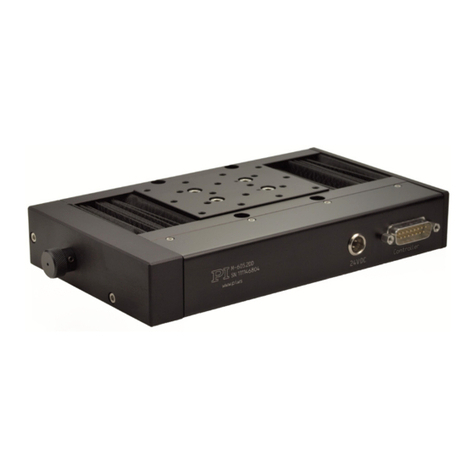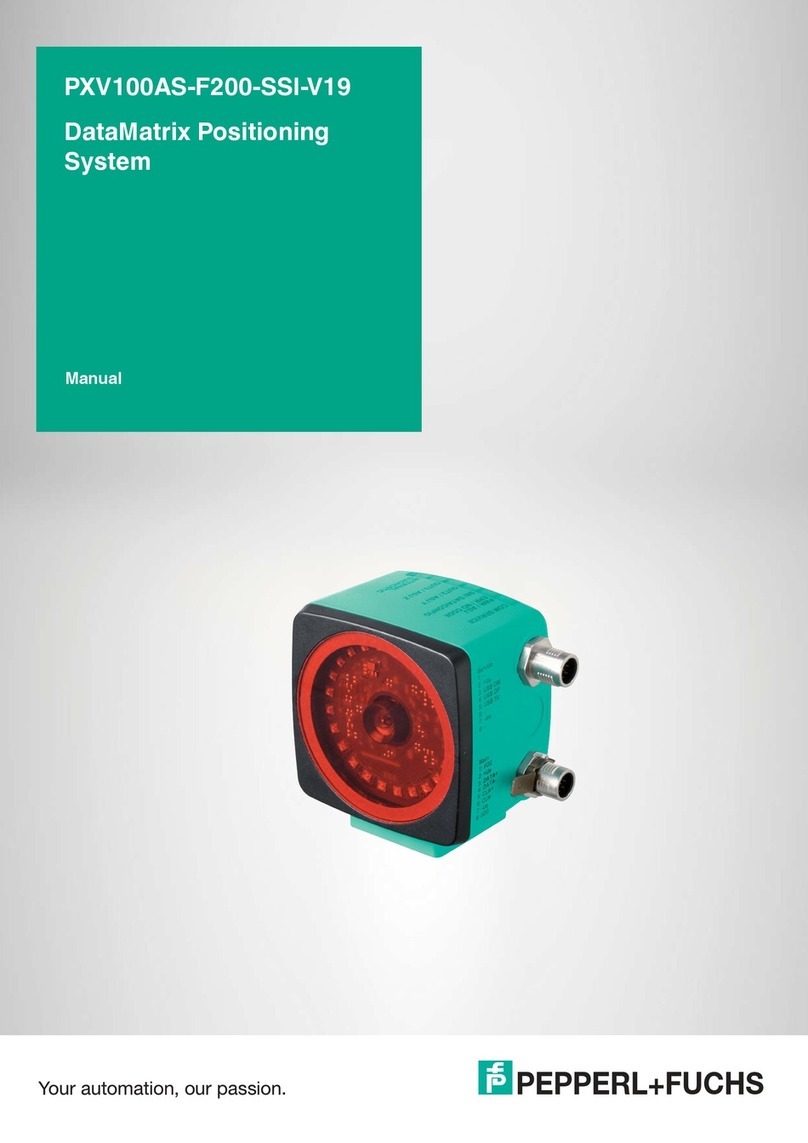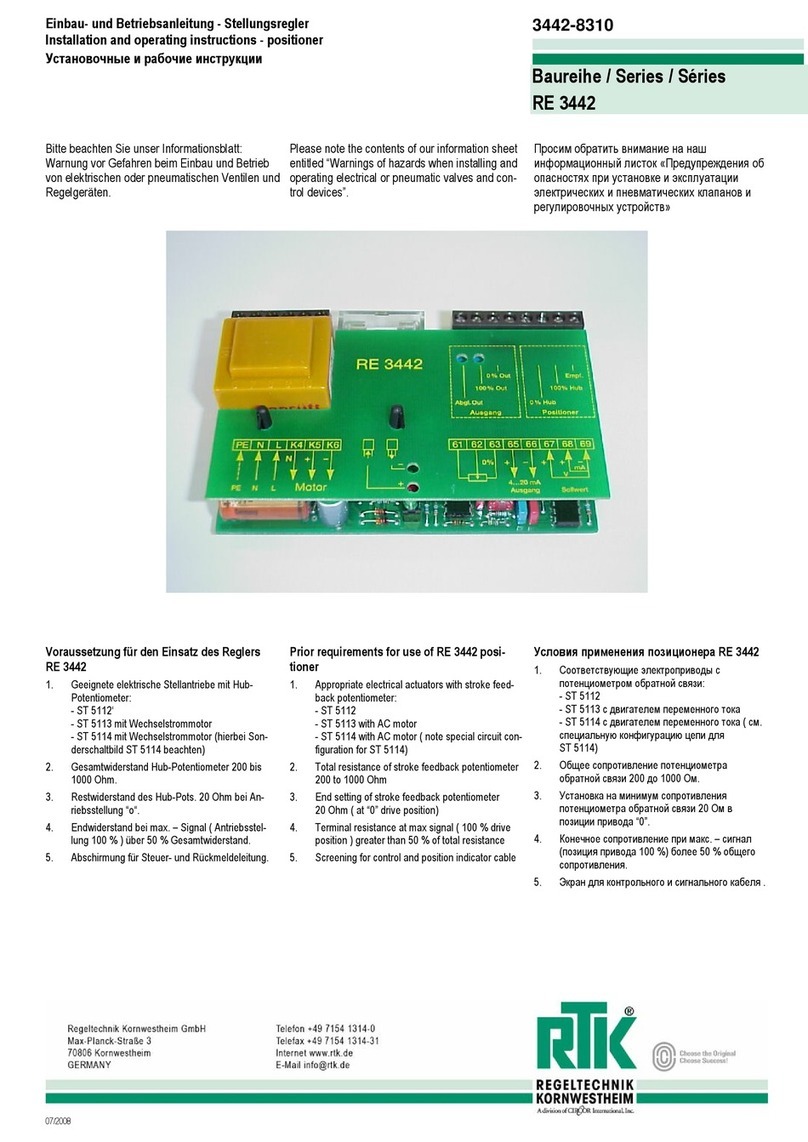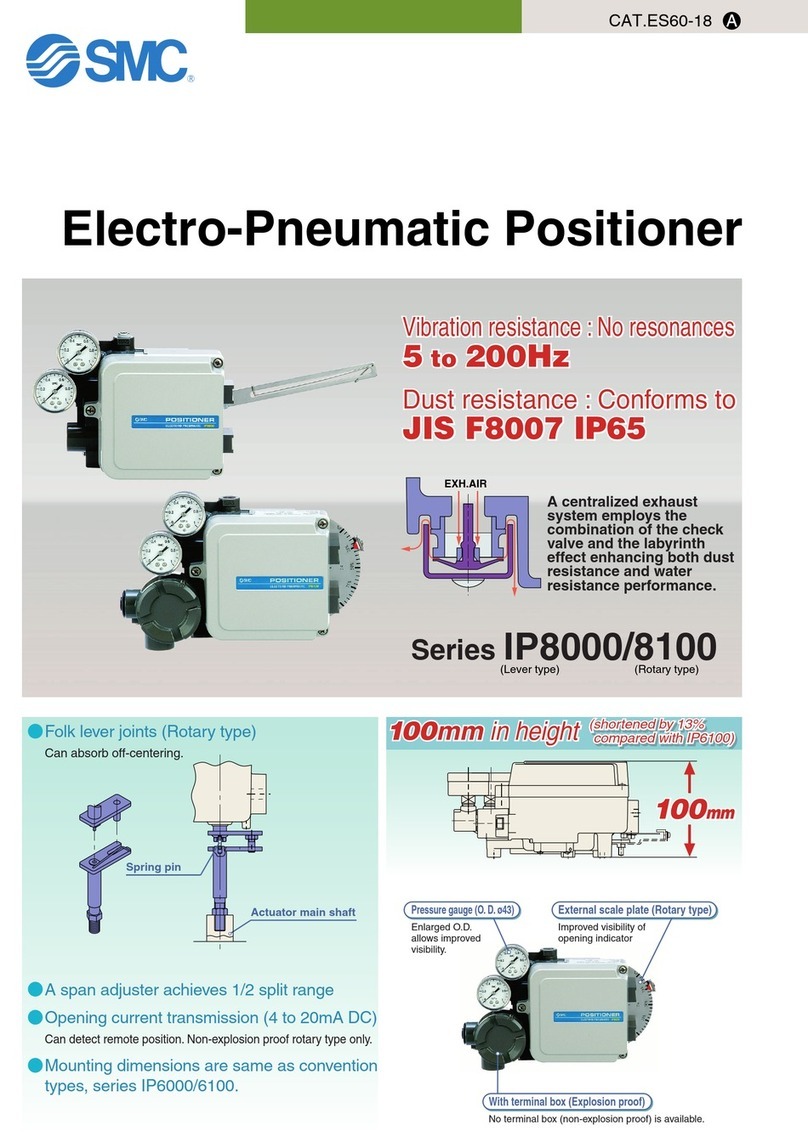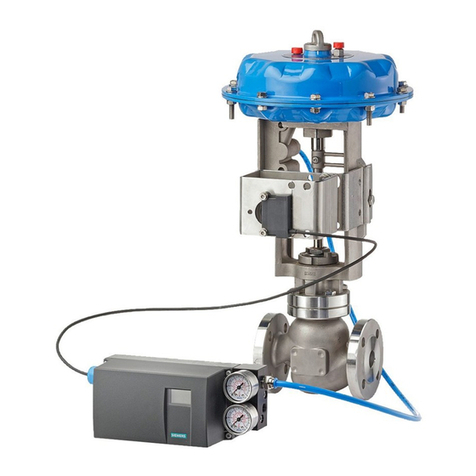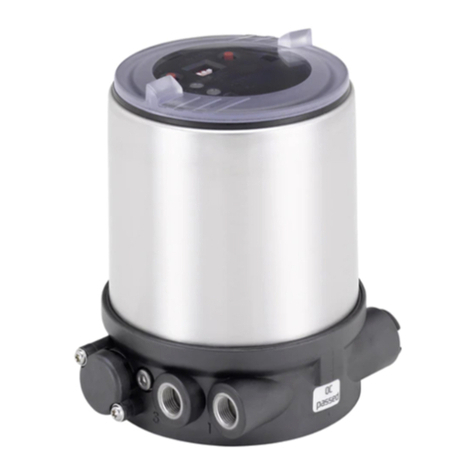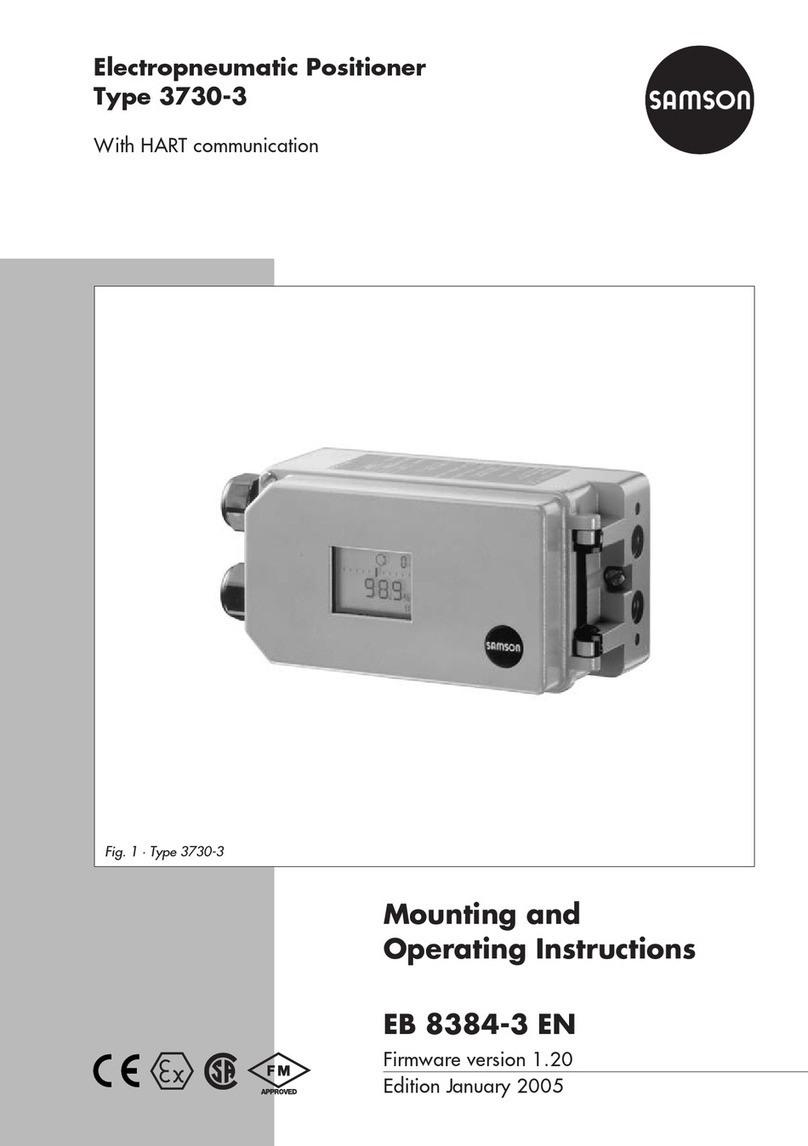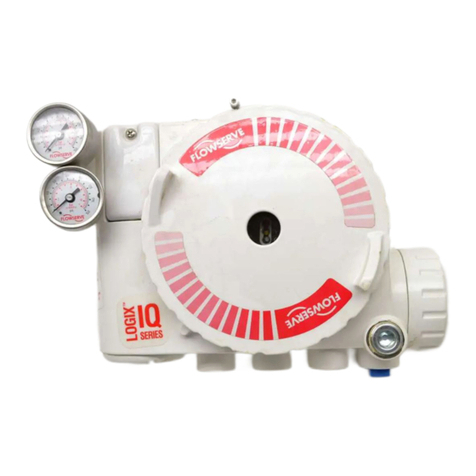
3710 and 3720 Positioners Instruction Manual
Form 5300
July 2005
2
Contents (cont’d)
Disassembling the Spool Valve, Action Block,
and Gasket 33. . . . . . . . . . . . . . . . . . . . . . . . . .
Disassembling the Input Module and
Summing Beam Assembly 33. . . . . . . . . . . .
Replacing the Input Module Diaphragm 34. . .
Assembling the Input Module and Summing
Beam Assembly 35. . . . . . . . . . . . . . . . . . . . .
Assembling the Spool Valve, Action Block,
and Gasket 36. . . . . . . . . . . . . . . . . . . . . . . . . .
Assembling the Feedback Shaft (Cam Shaft)36
Replacing the Feedback Arm Assembly
and Span Adjuster Assembly 36. . . . . . . . . .
Type 3722 Converter Maintenance 37. . . . . . . . .
Replacing the Converter Primary O-Ring
and Filter 37. . . . . . . . . . . . . . . . . . . . . . . . . . .
Disassembling the Type 3722 Converter 37. .
Assembling the Type 3722 Converter 37. . . . .
Testing the Type 3722 Converter Module 38. .
Parts Ordering 38. . . . . . . . . . . . . . . . . . . . . . . . . . . .
Parts Kits 38. . . . . . . . . . . . . . . . . . . . . . . . . . . . . . . .
Parts List 39. . . . . . . . . . . . . . . . . . . . . . . . . . . . . . . .
Positioner Common Parts 39. . . . . . . . . . . . . . . . . .
Diagnostic Connections 43. . . . . . . . . . . . . . . . . . . .
Type 3722 Electro-Pneumatic Converter 43. . . . .
Positioner Mounting Parts 44. . . . . . . . . . . . . . . . . .
Mounting Parts for Mounting Positioner on Type
585 and 585R Actuators 48. . . . . . . . . . . . . . . . .
Mounting Parts for the 67CFR on the Type 1032
Actuator 48. . . . . . . . . . . . . . . . . . . . . . . . . . . . . . .
Fittings 48. . . . . . . . . . . . . . . . . . . . . . . . . . . . . . . . . .
Loop Schematics/Nameplates 49. . . . . . . . . . . . . .
Introduction
Scope of Manual
This instruction manual includes installation,
operation, calibration, maintenance, and parts
ordering information for the Type 3710 pneumatic
positioner and Type 3720 electro-pneumatic
positioner. This manual also provides field
installation and maintenance information for the
Type 3722 electro-pneumatic converter. Refer to
separate instruction manuals for information on the
actuator, control valve, and other accessories.
No person may install, operate, or maintain a Type
3710 pneumatic positioner, a Type 3720
electro-pneumatic positioner or a Type 3722
electro-pneumatic converter without first Dbeing fully
trained and qualified in valve, actuator and
accessory installation, operation and maintenance,
and Dcarefully reading and understanding the
contents of this manual. If you have any questions
about these instructions, contact your FisherRsales
office.
Description
The Type 3710 pneumatic positioner and the Type
3720 electro-pneumatic positioner are used with
either diaphragm actuators (spring return) or piston
rotary actuators (spring return or double-action) as
shown in figure 1. These positioners provide a valve
ball or disk position for a specific input signal. These
positioners can easily be configured to provide
single- or double-action output for rotary actuators.
The Type 3710 pneumatic positioner accepts a
pneumatic input signal. The Type 3720
electro-pneumatic positioner accepts a milliampere
(mA), direct current (dc), input signal. Refer to table
1 for an explanation of type numbers.
The Type 3710 pneumatic positioner provides a
valve position for a standard pneumatic input signal.
The positioner may also be split-ranged. See table 3
for input signal ranges.
The Type 3720 electro-pneumatic positioner
provides a valve position for a milliampere (mA),
direct current (dc), input signal. The positioner may
also be split-ranged. See table 3.
Positioner to Actuator Mountings List
The positioner mounts directly to the actuator cover
plate of Types 1051, 1052, and 1061 actuators. See
table 4 for actuator sizes.
Figure 2 shows a positioner ready for mounting on a
piston rotary actuator. A mounting plate (key 43) is
used to mount the positioner base plate to Types
1031, 1032, 1051, 1052, 1061, and 1062 actuators.
See table 4 for actuator sizes.
The positioner also mounts on a size 25 or 50 Type
585 and 585R sliding-stem actuator. A mounting
plate (key 43) is used to mount the positioner base
plate to the actuator.
